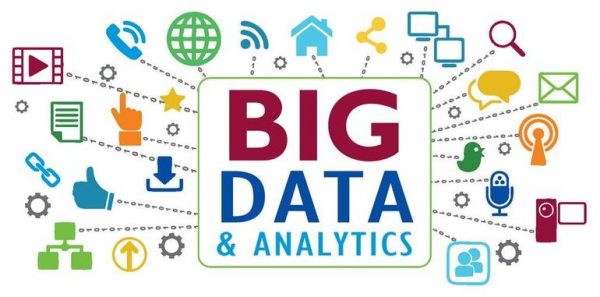There’s a lot of talks these days about the role data could play in helping businesses grow. You’ve probably heard the buzzwords associated with this: big data, analytics, informatics. They get mentioned so often, you wonder if you’re not missing out on what could be the next big thing in the world of business.
But data-driven business isn’t just for the future. It’s already a commonplace thing. If you’re collecting feedback from your customers to help improve aspects of your business, you’re already using data. It might not be the pages of market analysis that bigger corporations compile about potential buyers of their products, but it’s worth something. At least, you’re making informed decisions about your business based on the data you’re getting from your customers.
Making data work for business: A few examples
Let’s say you’re a business with a presence on Instagram. You’re wondering what the best time is to post content on your page. You do a review of posts on your Instagram page and discover that posts put up between 2 PM and 5 PM on Tuesdays, Wednesdays and Fridays attract the most responses. Based on this information, you may decide to make more content go live at those times, to maximize your business’s visibility on social media.
If you have an e-commerce website, you may have plugins that help gather data on activity across the website, including unique views and orders placed. This information could help you tell what products are most popular with buyers, and which ones aren’t making an impression. You may decide to sell more of the most bought products and less of the lower performing ones.
These are some of the simple ways you can use data in your business. But there’s far more you can achieve with it. We’ll touch on some of these ways in this article.
Here are a number of benefits you can gain from using data in your business.
-
Understand your customers
With information about your customers at your fingertips, you’re able to deal with them in ways that will contribute to your business’s growth.
Social media analytics lets you collect useful information about customer behaviour, without necessarily asking them for it. Social networking sites like Facebook, Twitter and Instagram all provide analytics for their business pages. You can detect trends for views, clicks, likes, and other sorts of engagements with these tools, and improve your interaction with followers on those platforms based on those details.
Other ways to derive data on customers include website plugins, which help you monitor traffic on your website in real time. There are also analytics tools like Google Analytics, which reveals interesting things about your customer’s online behaviour.
-
Monitor your competition
If yours is a web-based business, you can build a fairly good picture of your competition’s performance by monitoring their numbers with online tools. We already mentioned Google Analytics as a good tool for gathering information about your customers. It’s actually great with laying out your competition’s online performance as well.
Site ranking tools like Alexa and Similarweb can give you an insight into how businesses in your sector are doing over time.
-
Improve your products and services
We have already pointed this out with the Instagram business and e-commerce website plugin examples we gave earlier. But we’ll give you one more example.
You can get customers feedback about your products and services from online surveys. The information they provide could help you understand what things they like about the product, and what they would like you to change. The point of this is that they’d be happier with buying something that’s more aligned to their needs and tastes; if you can shape your offerings to tick these boxes, you’ll very likely grow your sales.
-
Make marketing more effective
Let’s use the Instagram business example again. Apart from finding out the times in which people engage with your post the most, you may also want to know what kind of posts they’re engaging with. Perhaps you may discover that people seem to like certain types of images or text, or are more responsive to your videos. When you discover what sort of content draws in the most interest, you may post more of them, and use less of the types that don’t do as well.
If you’re not able to collect enough data to work with by yourself, you can use information from trusted sources other than your own tools. Market reports prepared by market research agencies are one way to get this done.
-
Cut unnecessary expenses
When you get information about customer preferences by conducting surveys, you’re more likely to come up with product and service ideas that’ll do well. That’s a better outcome than, say, spending a lot of money on making constant changes to your offerings and failing to impress customers with any of those changes.
Customer data can also reveal things about your customers’ demographics and psychographics. These could in turn aid you in fine-tuning your efforts at reaching them. You’ll know who you’re targeting and how you should go about targeting them. That means less money lost to multiple attempts at marketing your products to them.


